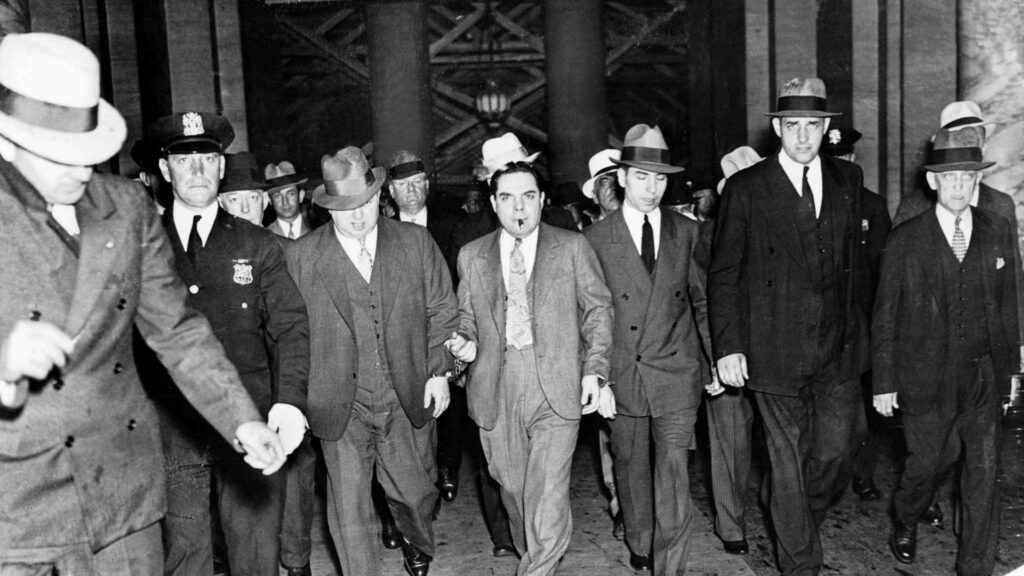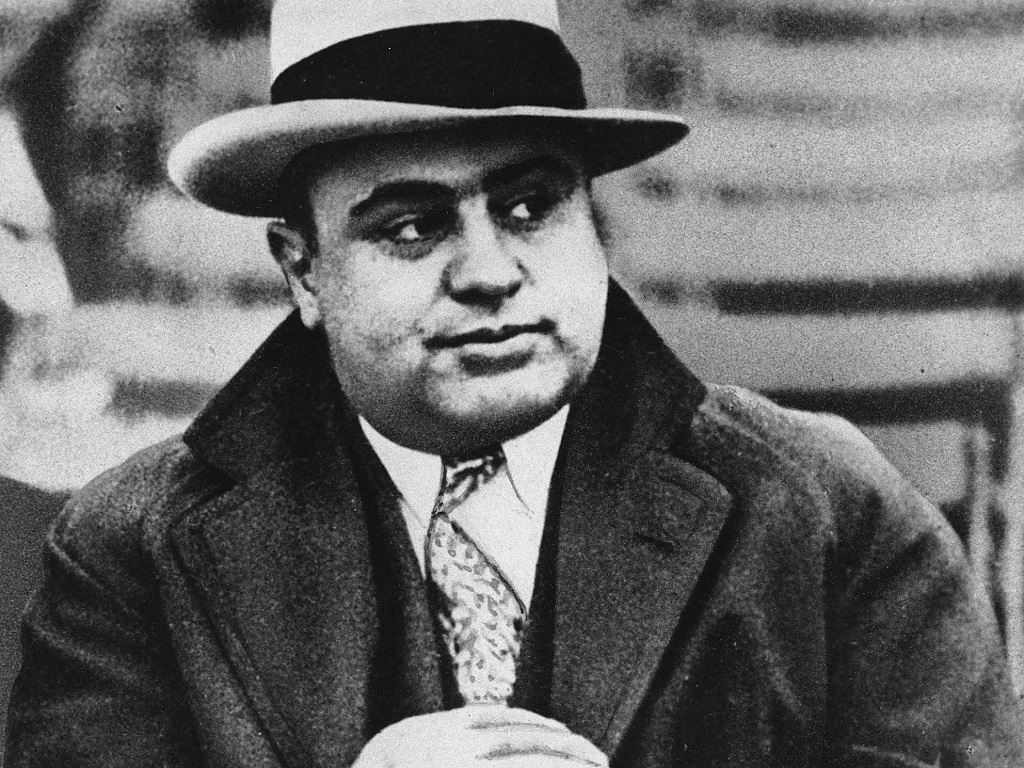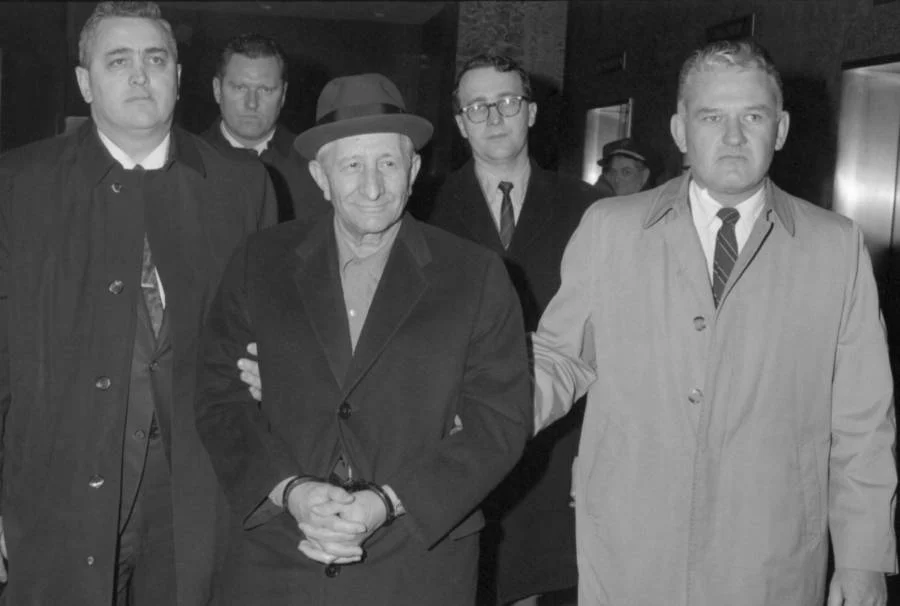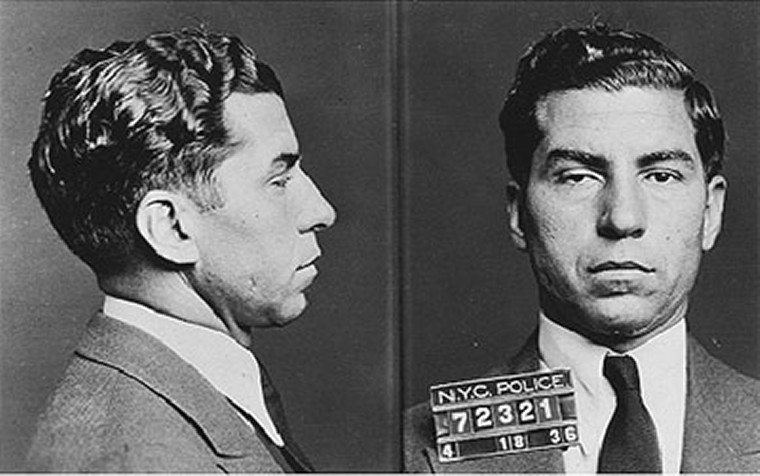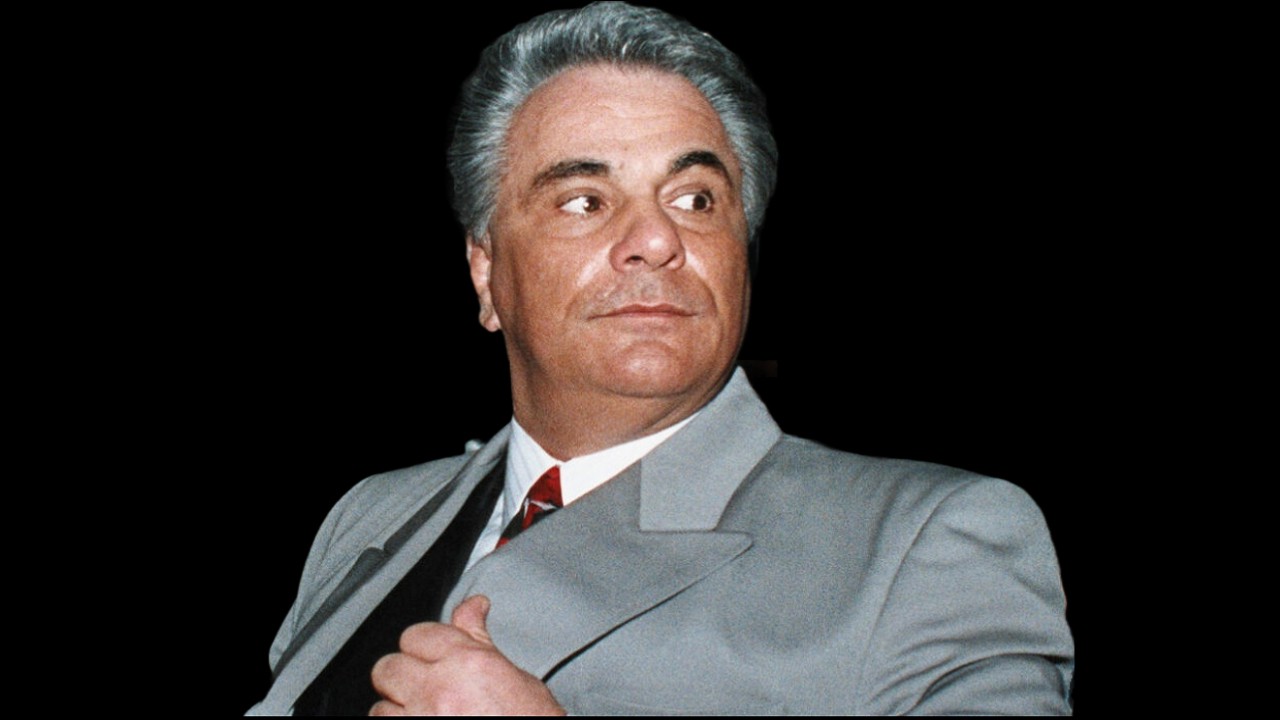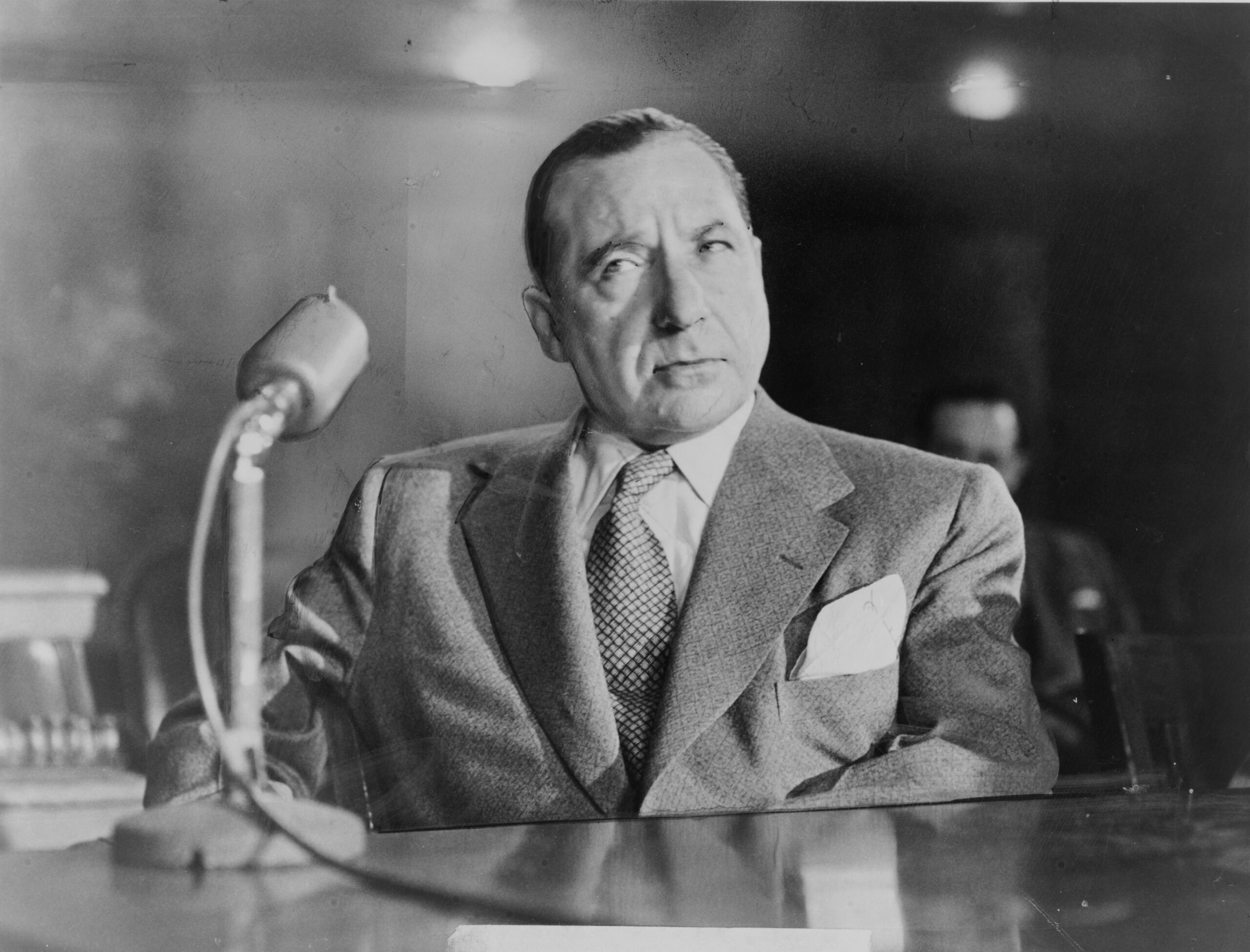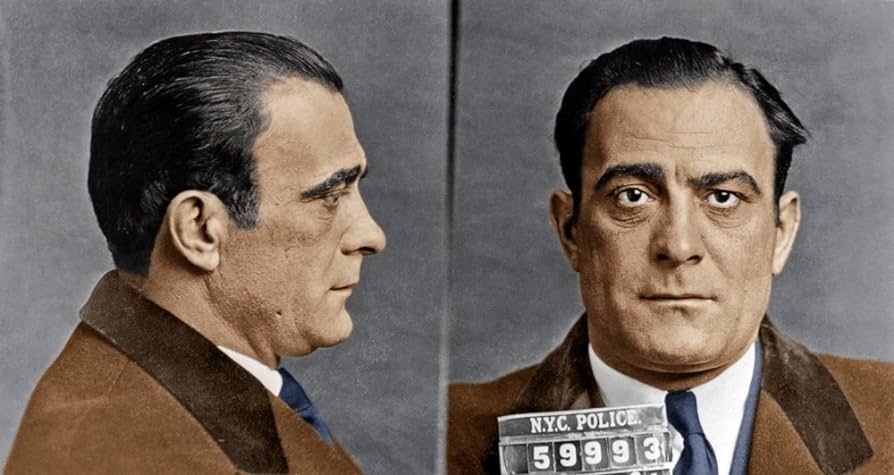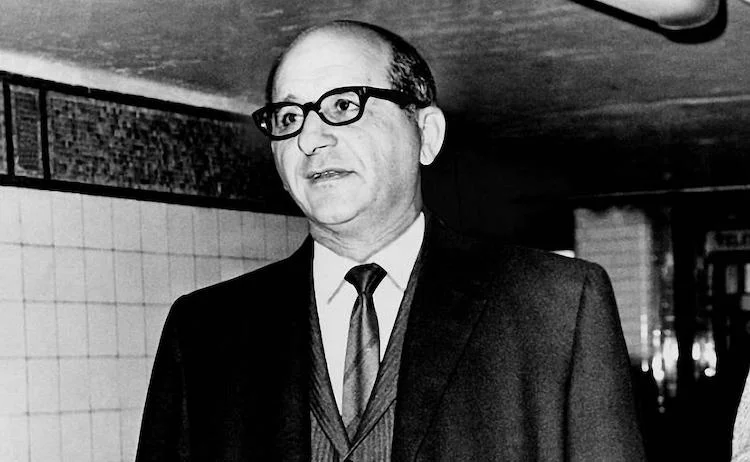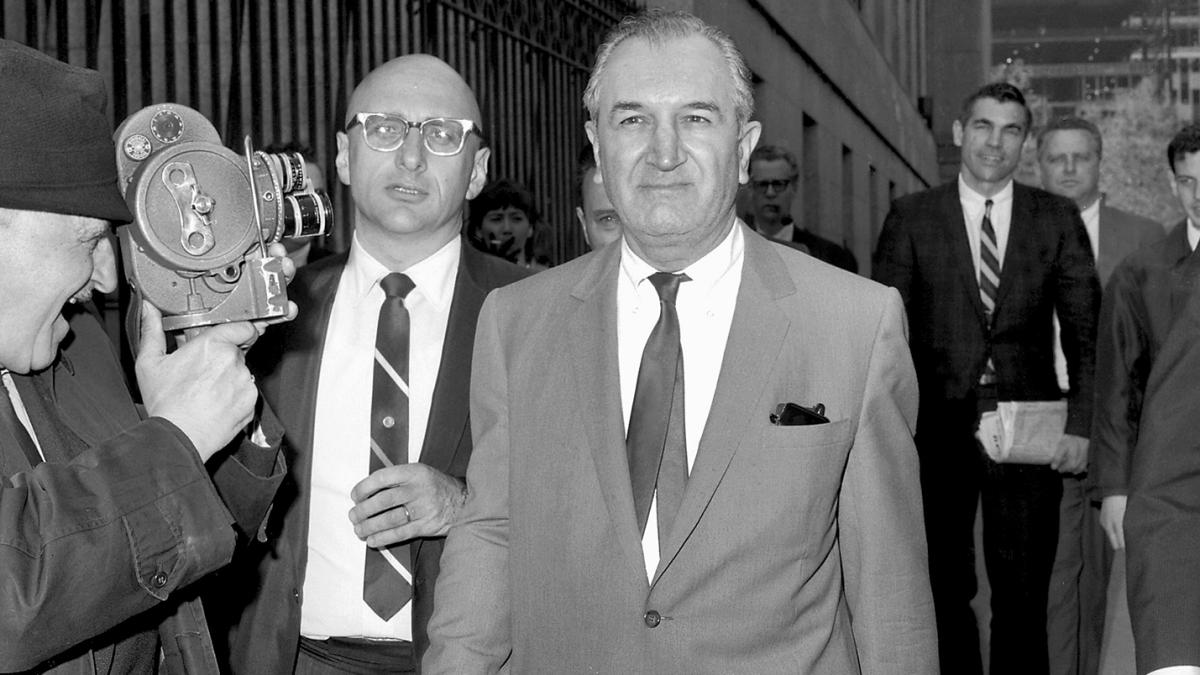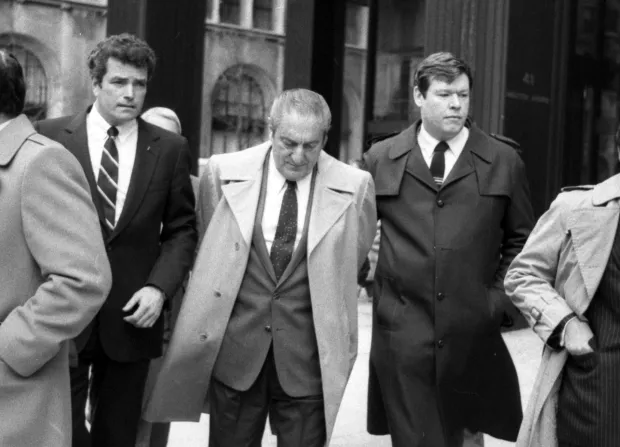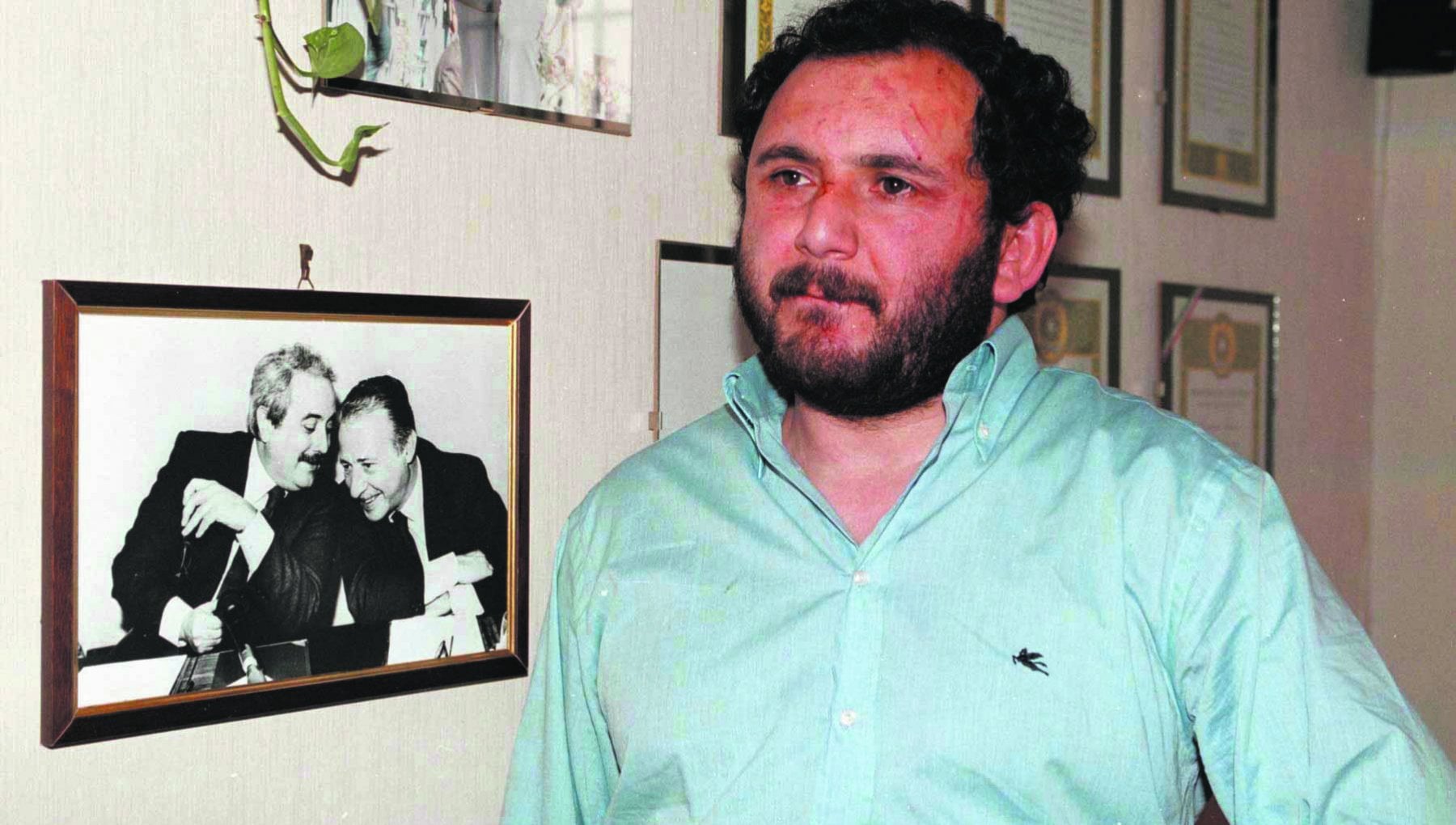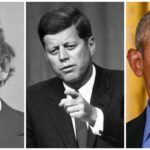Organized crime in America, particularly the Italian-American Mafia or La Cosa Nostra, as it is popularly called by its members can be traced back to the urban ghettos of the late 19th century. During this period a large wave of Italian immigrants arrived in the United States. Many of these immigrants faced economic hardships and discrimination. In these challenging conditions, some turned to criminal activities as a means of survival.
Also, many of these Italian immigrants brought with them the tradition of secret societies and criminal organizations from Italy. Over time, these groups evolved into more structured criminal enterprises in the U.S. The Sicilian Mafia, for example, had a significant influence on the early formation of the American Mafia.
Like every other structured enterprise, these American Mafias are usually divided into ranks, headed by the Crime Boss, who is also known as the Don or Godfather. Occupants of this position usually make all major decisions, resolve disputes, and keep everyone in line. They are also usually very ruthless, violent, prominent, and adored. With that being said, here are the 10 most notorious Italian-American mobsters in history.
1. Al-Capone (1899–1947)
The co-founder and Crime, boss of the Chicago Outfit, Alphonse Gabriel Capone popularly known as Al-Capone is no doubt the most notorious Italian-American Mobster in history. He came to prominence during the Prohibition era (1920–1933), a time when the sale and production of alcoholic beverages were illegal in the United States. He then became the leader of the Chicago Outfit, a powerful criminal organization involved in smuggling, bootlegging, and various other illegal activities.
Capone alongside his criminal empire was known for its ruthlessness, and he became a symbol of the lawlessness and violence associated with the Prohibition era. Despite being involved in numerous criminal activities, including racketeering, extortion, and violence, Capone was ultimately brought down not for his more serious crimes but for tax evasion. His seven-year reign as a crime boss ended when he went to prison at the age of 33.
2. Carlo Gambino (1902–1976)
Carlo Gambino was an Italian-American mobster and the head of the Gambino crime family, one of the “Five Families” that dominate organized crime activities in New York City. His leadership and influence in the American Mafia made him one of the most powerful and notorious Italian-American mobsters in history.
Gambino immigrated to the United States in 1921 and became involved in criminal activities, rising through the ranks of the Mafia. He became the boss of the Gambino family in 1957 after the previous boss, Albert Anastasia, was murdered. Under Gambino’s leadership, the family became one of the most influential and profitable Mafia organizations.
Gambino also took over the Commission of the American Mafia and played a powerful role in organized crime until his death from a heart attack in 1976. During a criminal career that spanned over fifty years, Gambino served only twenty-two months in prison for a tax evasion charge in 1937.
3. Lucky Luciano (1897–1962)
Salvatore Lucania, popularly known as Lucky Luciano grabs the third spot among the top 10 most notorious Italian-American mobsters in history. He is considered the father of modern organized crime, as he played a crucial role in the development of organized crime in the United States In the mid-19th century.
Like many people on this list, Luciano immigrated from Sicily to the United States with his family in the early 20th century. He then rose to become one of the most powerful crime bosses in American history. He played a crucial role in the reorganization of the American Mafia, implementing a structure known as the Commission, a governing body that oversaw the Mafia’s activities.
In 1936, Luciano was convicted on charges of compulsory prostitution and sentenced to 30 to 50 years in prison. However, during World War II, he struck a deal with the U.S. government. In exchange for his assistance with the war effort, Luciano’s sentence was commuted. He was later released on parole in 1946 and deported to Italy.
Read More:
- 10 Most Notorious Gangs in History, Led by Women.
- Top 10 Most Notorious Female Criminals In America’s History
- 10 Famous People In History That Went bankrupt
4. John Gotti (1940–2002)
John Gotti, also known as “The Teflon Don” and “The Dapper Don,” was an Italian-American mobster and the boss of the Gambino crime family. He ordered and helped to orchestrate the murder of Gambino boss Paul Castellano in December 1985 and took over the family shortly thereafter, becoming boss of what was described as America’s most powerful crime syndicate.
Under Gotti’s leadership, the Gambino family continued its involvement in traditional Mafia activities such as racketeering, loan sharking, and extortion. However, Gotti’s reign also attracted significant law enforcement attention, and he became the target of multiple investigations. His flamboyant personality, flashy style, and ability to avoid conviction in several high-profile trials earned him the nickname “The Teflon Don.
In 1992, Gotti was convicted on charges of racketeering, conspiracy to commit murder, and other crimes. This conviction came largely due to the testimony of his underboss Salvatore Gravano. Gotti was sentenced to life in prison without the possibility of parole and was incarcerated at the United States Penitentiary in Marion, Illinois. He died of throat cancer on June 10, 2002
5. Frank Costello (1891–1973)
Frank Costello was a prominent figure in the American Mafia. He is one of the most influential and respected bosses of the Genovese crime family, one of the notable Five Families of New York City, and no doubt one of the most notorious Italian-American mobsters in history. He is known for his intelligence, strategic thinking, and diplomatic skills, and was often referred to as the “Prime Minister of the Underworld.”
Costello played a key role in the development of the National Crime Syndicate, a confederation of Mafia families that collaborated on various criminal enterprises. He was involved in a wide range of illicit activities, including gambling, racketeering, and labor union control. He also had a reputation for avoiding violence and maintaining a low profile.
Following the decline of influence in the criminal society over the years, Costello eventually stepped down as the boss of the Genovese crime family. He however continued to exert influence behind the scenes. He lived a relatively quiet life in his later years, maintaining connections in both the criminal underworld and high society. He died of a heart attack on February 18, 1973, at the age of 82.
6. Vito Genovese (1897-1969)
Vito Genovese was an Italian-born American mobster, who rose to power during Prohibition as an enforcer in the American Mafia. He was a long-time associate and childhood friend of Lucky Luciano took part in the Castellammarese War and helped shape the rise of the Mafia and organized crime in the United States.
Along with Luciano, Genovese helped the expansion of the heroin trade to an international level. After rising through the ranks of the Mafia, and gaining a reputation for ruthlessness and cunning, Vito would later lead Luciano’s crime family, which was renamed the Genovese crime family in his honor.
After evading the law on several occasions, In 1959, Vito Genovese was convicted of conspiracy to violate federal narcotics laws and was sentenced to 15 years in prison. While in prison, he continued to exert influence over the Genovese crime family through trusted associates. He died in prison on February 14, 1969, while serving his narcotics conviction.
7. Sam Giancana (1908–1975)
American-born Sam Gincana takes the seventh spot among the 10 most notorious Italian-American mobsters in history. He was a key figure in the American Mafia during the mid-20th century, leading the Chicago outfit between 1957 and 1966.
During his reign, he was involved in various criminal enterprises, including racketeering, gambling, and political corruption. He had close ties to the entertainment industry and was known to have associations with celebrities and politicians. According to some sources, Giancana and the Mafia were involved in John F. Kennedy’s victory in the 1960 presidential election. During the 1960s, he was recruited by the Central Intelligence Agency (CIA) in a plot to assassinate Cuban leader Fidel Castro.
In the 1970s, Giancana’s influence within the Chicago Outfit waned, and he faced increased scrutiny from law enforcement. In 1965, Giancana was convicted of contempt of court, serving one year in prison. On June 19, 1975, he was shot and killed in the basement of his home in Oak Park, Illinois. The circumstances surrounding his death remain a subject of speculation and investigation.
Read More:
- Top 10 Greatest Military Generals in History
- Top 10 Sports That Originated From Africa
- 10 Most Dangerous Female Prisons In The World
8. Joe Bonanno (1905–2002)
Bonanno was the boss of one of the Five Families in New York, the Bonanno crime family, which he ran from 1931 to 1968. He played a significant role in the Mafia’s history during the mid-20th century. At age 26, Bonanno became one of the youngest-ever Crime bosses of an Italian Mafia family.
Bonanno immigrated to the United States in 1924 and became involved in criminal activities. Over the years, he rose through the ranks of the Mafia and eventually became the boss of the Bonanno family in the early 1930s. During his tenure as boss, Bonanno was involved in various criminal enterprises, including racketeering, gambling, and labor union control.
There was a power struggle within the Bonanno family resulting in Bonanno’s temporary retirement from the Mafia. He spent several years in exile, traveling to places such as Canada and Mexico. He however returned to the United States in the late 1960s and eventually settled in Arizona. In 1983, he published an autobiography titled “A Man of Honor,” which provided his perspective on the Mafia and his life in organized crime.
9. Paul Castellano (1915–1985)
Paul Castellano was an American Mafia boss who rose to prominence as the leader of the Gambino crime family. He was one of the most notorious Italian-American mobsters in history. Unlike others on this list, Castellano identified more as a businessman than a criminal, taking over non-legitimate businesses and converting them to legitimate enterprises.
Castellano became the underboss of the Gambino family in the 1960s under the leadership of Carlo Gambino. When Gambino died in 1976, Castellano assumed control of the family. During his leadership, the Gambino family became the largest and most powerful Mafia family in the United States.
However, Paul Castellano’s reign came to an abrupt end on December 16, 1985, when he was gunned down outside Sparks Steak House in Manhattan. The hit was orchestrated by John Gotti, a capo in the Gambino family who felt that Castellano’s leadership style was too autocratic and that he was more interested in white-collar crime than traditional Mafia activities.
10. Giovanni Brusca
Giovanni Brusca is a former member of the Sicilian Mafia, specifically associated with the Corleonesi faction within the Cosa Nostra. He became notorious for his involvement in various criminal activities and his role in several high-profile Mafia killings. He once claimed to have carried out between 100 and 200 murders on behalf of the Mafia.
Brusca began to hit the limelight for his involvement in the kidnapping and murder of Giuseppe Di Matteo, the 11-year-old son of a former Mafia member-turned-informant, in 1996. He was also involved in the murder of anti-Mafia prosecutors Giovanni Falcone and Paolo Borsellino in 1992. The bombings that killed Falcone, Borsellino, and their security details were some of the most significant events in the fight against the Mafia in Italy.
Brusca had been sentenced to life in prison in his absence for his involvement in the Mafia and many murders. In 1996, he was apprehended, and his sentence was reduced to 26 years. Brusca was freed from prison in 2021. He eventually became a collaborator with the authorities, providing valuable information about the inner workings of the Mafia. His testimony played a crucial role in dismantling various Mafia networks and leading to the convictions of numerous high-ranking mobsters.
